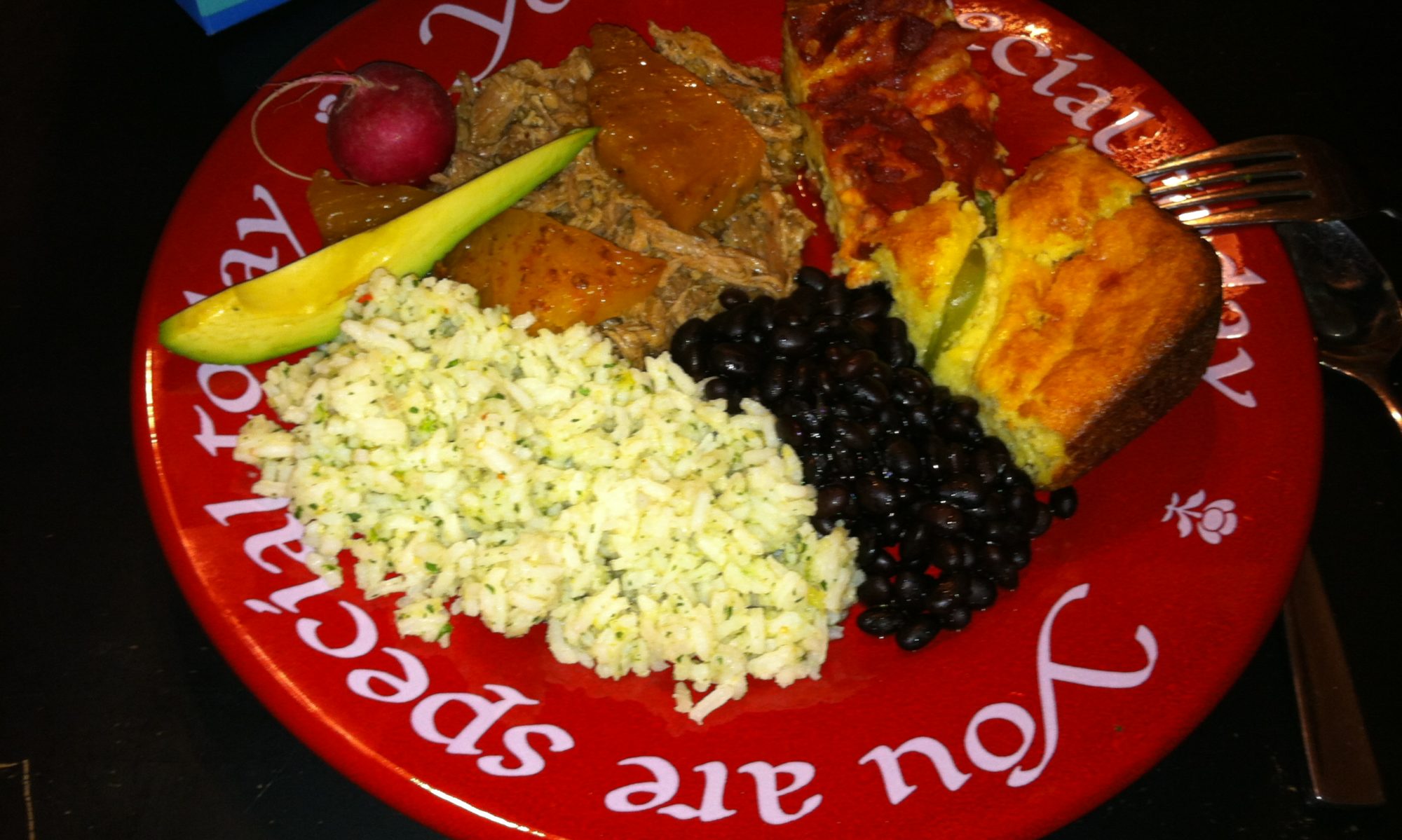
It’s been a while since I last posted.
During the interlude, we’ve celebrated Thanksgiving, Christmas, New Year’s Day, Civil Rights Day, Valentine’s Day, and Presidents Day.
I’ve graded student papers, traveled to Waco, Texas for a week of studies with my colleagues in the Executive LL.M. program in Litigation Management, completed my own final exams, prepared written materials for a continuing education course, and taught the course. And because the second trimester of my studies started on the heels of the first, I have plunged into another round of classes, while trying to keep up with my day job.
It’s been a busy few months.
Friday night, I asked Rebecca what she wanted for our Saturday breakfast. She suggested we have Lemon Poppy Seed Scones, something we had not tried before. Well, now we have, and so can you.
This is the same recipe that I regularly use when making scones, with the addition of lemon flavoring and poppy seeds. Try out the recipe, and let me know what you think in the comments.
ingredients
2 cups flour
1/4 cup sugar
1 Tablespoon baking powder
1 teaspoon salt
5 Tablespoons cold unsalted butter
1 to 2 Tablespoons poppy seeds
zest and juice of one medium lemon
1 cup heavy cream
Directions
Preheat the oven to 450*.
Pulse the flour, sugar, baking powder, and salt to mix. Add the butter and pulse until the butter is the size of grains of rice. Mix in the poppy seeds.
Add the lemon juice and zest. Slowly blend in the heavy cream until the mixture forms a dough.
Roll (or pat) out the dough until it is about 3/4 inch thick. Cut the scones using a biscuit cutter or knife. I use a 2-inch cutter, which typically gives me 12 scones.
Place the scones about 1 inch apart on a cookie sheet lined with a silicone baking mat or parchment paper. Glaze the top of the scones with heavy cream. You also can sprinkle on turbinado sugar if you like.
Bake 12 to 15 minutes. You’ll be tempted to eat the scones as soon as they come out of the oven, but wait a few minutes first. The flavors intensify as the scones cool.




